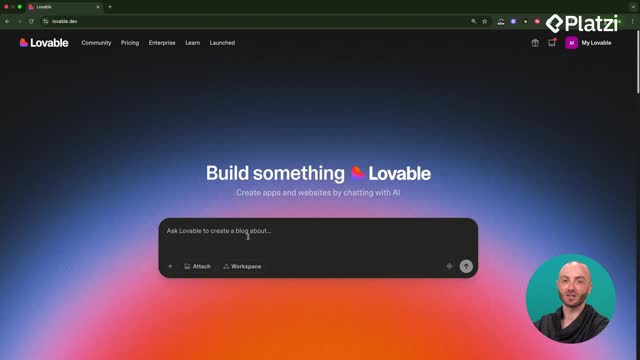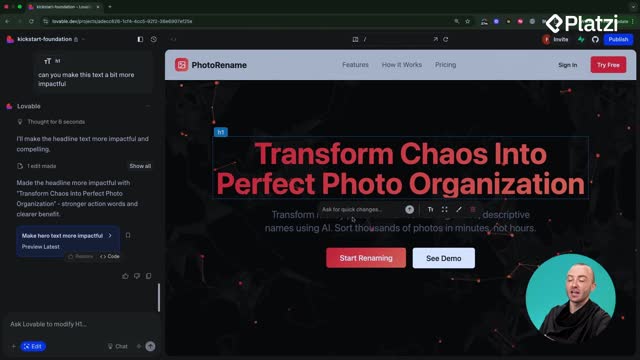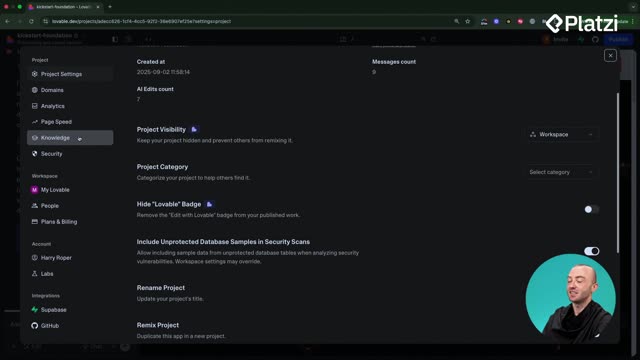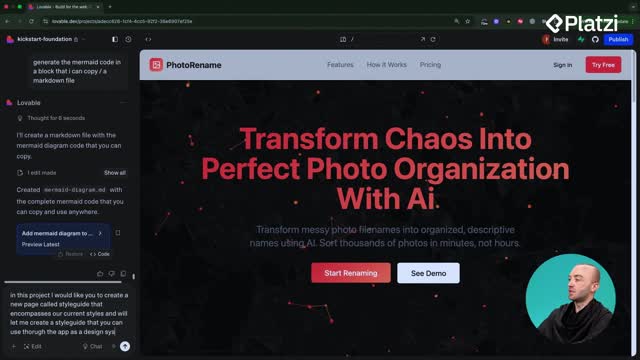Build confidence collecting user data with a clean Supabase onboarding flow. Learn how a multi-step form, a profiles table with a Boolean check, and a realtime update ensure first-time setup leads users straight to the dashboard. Along the way, see practical debugging with Lovable’s chat mode and clear ESL-friendly explanations of core terms.
How do you design an onboarding flow with Supabase?
Creating a smooth first-run experience starts the moment a new account is made. The flow redirects new users to a multi-step form, saves their answers, and skips onboarding on future visits once a completion flag is stored in the database.
What data model stores the onboarding data?
- Use a profiles table in Supabase.
- Add a Boolean field: onboarding_completed.
- Store onboarding data: job title, primary use case, company name, photo sources, preferences.
- Logic: if onboarding_completed is true, send users to the dashboard.
- Test setup by signing out, creating a new account, and checking the profile record.
Key vocabulary for ESL:
- Boolean: a true/false field used to mark if onboarding is done.
- profiles table: the database table holding user profile info and flags.
What does the multi-step form ask?
- A multi-step form: “a form that has multiple steps in a slide-like design.”
- Questions: job title (e.g., “CEO of Imaginary Space”), primary use case (e.g., business asset management).
- Preferences: email notifications, photo sources.
- Optional upsell: show pricing at the end before starting the free plan.
Key vocabulary for ESL:
- multi-step form: a form broken into several screens.
- upsell: an offer to upgrade to a paid plan at the end of onboarding.
How do you control routing and one-time access to the dashboard?
After finishing the form, users should land in the dashboard. If they get sent back to onboarding, the issue is typically in routing or state handling. Clear prompts in Lovable help diagnose and fix these cases.
What common bug appeared and how was it diagnosed?
- Symptom: after “Finish Onboarding,” success shows and data saves, but the app returns to the first onboarding step.
- Clue: works on the second attempt, not the first.
- Root cause: routing/state logic didn’t reflect the updated database state immediately.
- Action: give Lovable detailed context about steps taken, expected vs. actual result, and observed behavior to guide the fix.
Key vocabulary for ESL:
- routing: the rules that send users to pages like onboarding or dashboard.
- state-based issue: the app’s internal state not matching the latest database values.
What fix makes the transition reliable?
- Add a realtime subscription on profiles.
- When onboarding_completed updates in the database, trigger a redirect to the dashboard immediately.
- Alternative (less clean): force a full page refresh.
- Final result: first-run onboarding completes and redirects to the dashboard; future visits bypass onboarding.
Key vocabulary for ESL:
- realtime subscription: live listener for database changes that triggers an action.
- redirect: send the user to a different page after an event.
Which skills, concepts, and keywords should you remember?
Strengthen your product flow and database mindset with these practical takeaways.
- Account creation and testing: sign out, create new test accounts, verify behavior end to end.
- Onboarding gate: show onboarding only once using a Boolean field.
- Data capture: collect role, use case, notifications, photo sources, and company name.
- Routing control: ensure first-run users are redirected to onboarding; others go straight to the dashboard.
- Realtime updates: listen for profile changes to switch views instantly after saving.
- Bug reporting with context: provide step-by-step prompts in Lovable to speed up accurate fixes.
- CRUD with Supabase: create and update profile records; verify in the table editor.
- Dashboard readiness: confirm that subsequent visits skip onboarding once data is stored in Supabase.
ESL keyword recap with examples:
- prompt: “I’m going to ask Lovable…” to generate a plan and fixes.
- dashboard: the main page users see after onboarding.
- authentication: sign-in/sign-up flow before onboarding begins.
- profiles: where onboarding data and flags are stored.
Got questions or a tip to improve the Supabase onboarding flow? Share your ideas in the comments and compare approaches with others.





